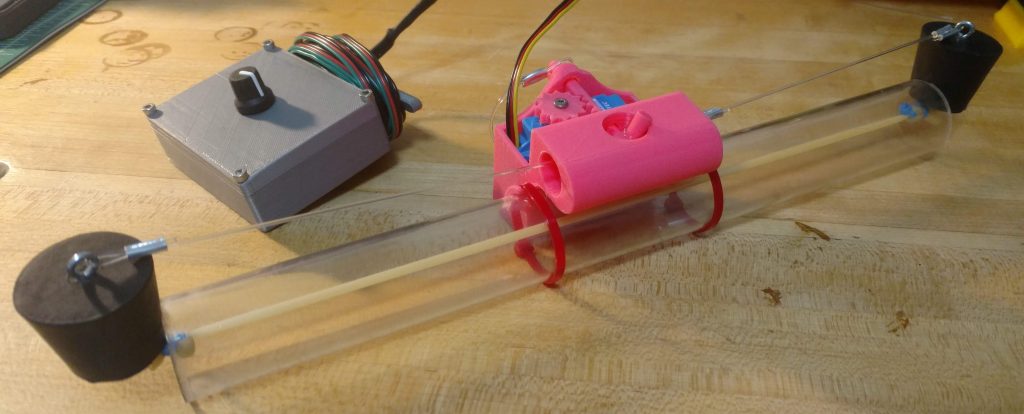
The Niskin bottle, a seemingly simple device designed to take water samples at discrete depths, is one of the most important tools of oceanography. These precision instruments allow us to bring ocean water back to the surface to study its chemical composition, quality, and biologic constituency. If you want to know how much plastic is circulating in the deep sea, you need a Niskin bottle. If you need to measure chemical-rich plumes in minute detail, you need a Niskin bottle. If you want to use environmental DNA analyses to identify the organisms living in a region of the big blue sea, you need a Niskin bottle.
Niskin bottles are neither cheap nor particularly easy to use. A commercial rosette requires a winch to launch and recover, necessitating both a vessel and a crew to deploy. For informal, unaffiliated, or unfunded researchers, as well as citizen scientists or any researcher working on a tight budget, getting high-quality, discrete water samples is an ongoing challenge.
The Niskin3D lowers the cost of discrete-depth water sampling and makes this common tool of oceanographic research available to anyone. Several years ago, we released the first Niskin3D. Since then it’s been tested in lakes, rivers, and oceans, deployed on small ROVs and big submersibles, and met every challenge.
Today, I’m happy to unveil that the next generation of open-source Niskin bottle, developed through Oceanography for Everyone. We’ve made significant improvement to the trigger mechanism, replacing the pull-tab-style trigger with a more stable an reliable gear-driven linear trigger and removed a few non-essential components. The Niskin3D can be printed on a small 3D printer (in fact, the Monoprice Mini Delta, for which we’re just finishing up the review is more than capable of printing the entire assembly and, at $160, buying a 3D printer and all commercial components of the Niskin3D still costs less than a single conventional Niskin bottle).
Head on over the the Oceanography for Everyone GitHub Repository, where you can find shape files, bill of materials, and complete instructions, and build you own!
If you enjoy Southern Fried Science or want to support our ongoing development of open-source ocean tools, consider contributing to our Patreon campaign.